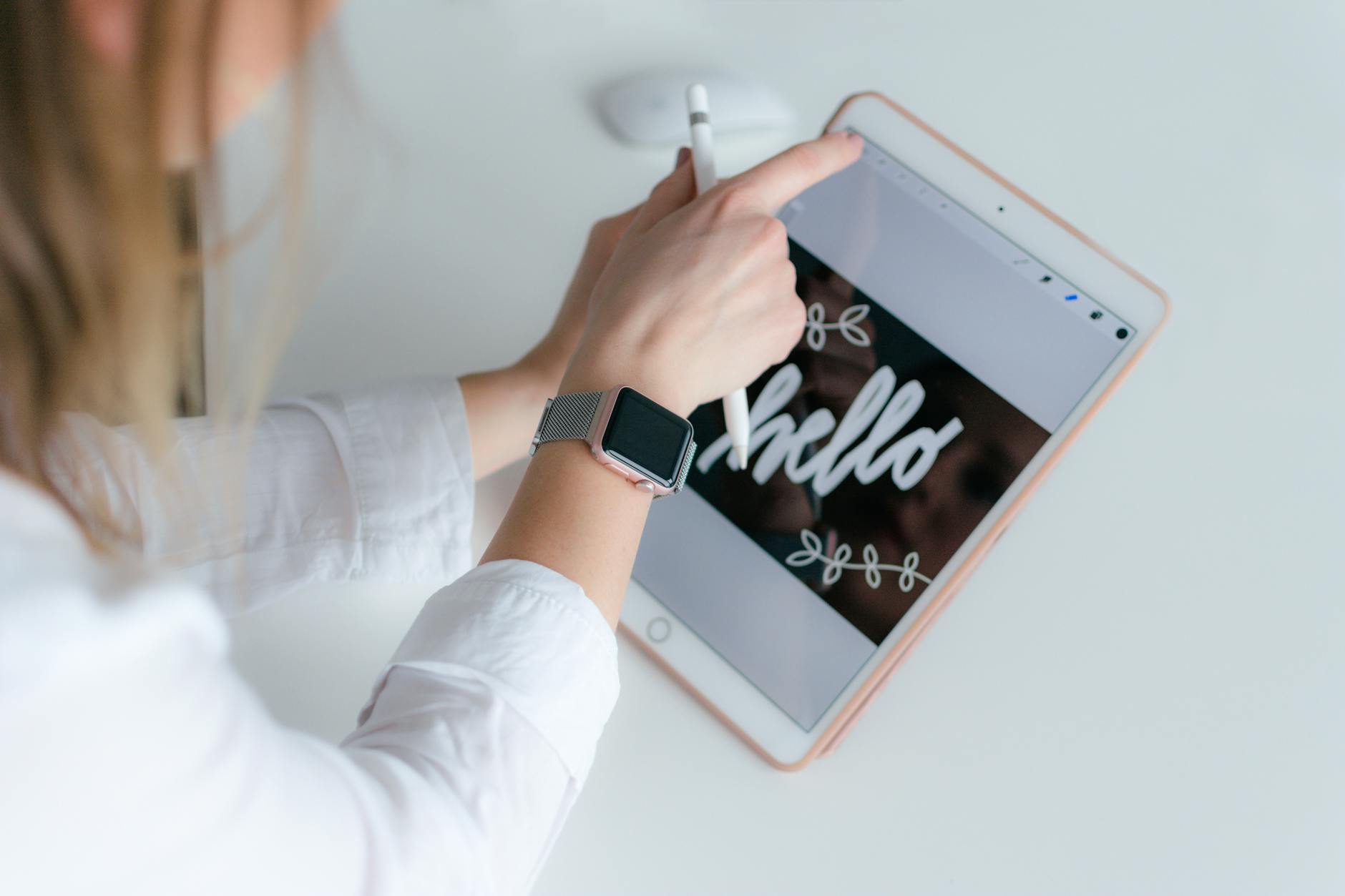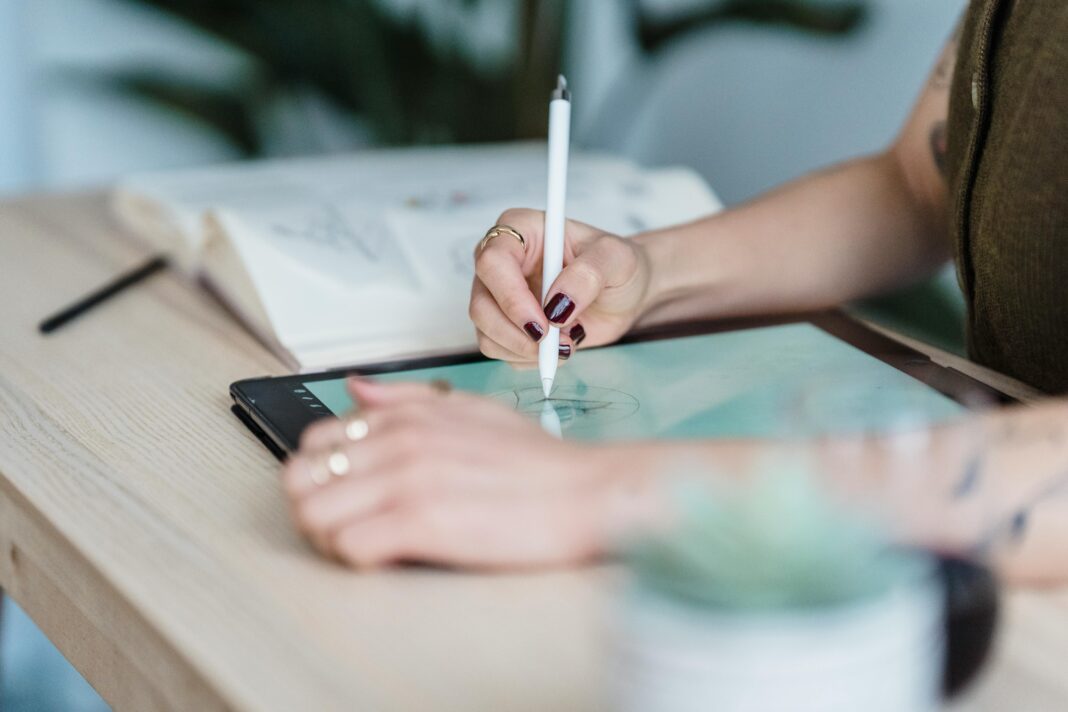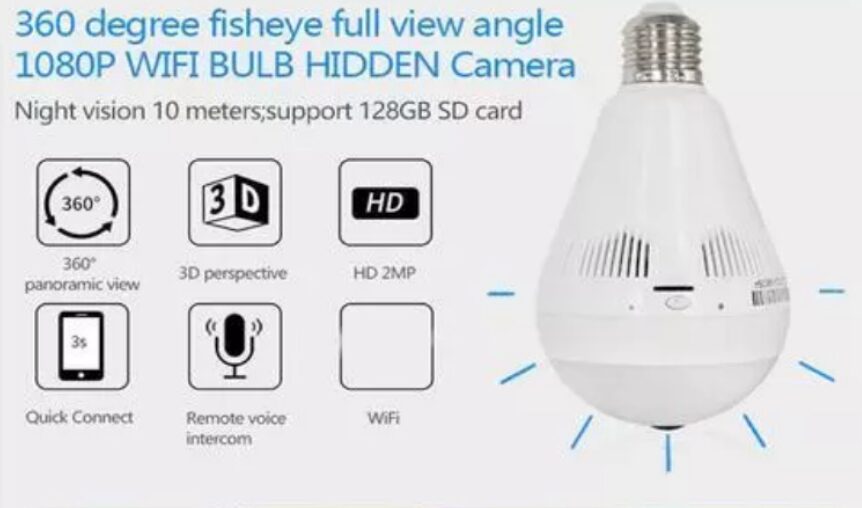Finding the right drawing tablet can feel overwhelming with so many options out there. Whether we’re illustrators, graphic designers, or hobbyists, a drawing tablet can boost our creativity and improve our workflow. In this post, we’ll walk through the best five tablets, highlighting features, benefits, and drawbacks. By the end, we’ll know which models suit our needs and budgets best.
What to Look for in a Drawing Tablet
When selecting a drawing tablet, it’s essential to match the device’s features with our creative needs. From portability to budget, every detail plays a role in ensuring a smooth artistic experience. Here’s what to consider.
Size and Portability

Photo by Wendelin Jacober.
The size of a tablet can directly affect how we work, especially if we’re often on the move. Larger tablets provide more screen real estate, making them ideal for intricate designs and professional-grade projects. However, they’re less portable and can demand more desk space. On the other hand, compact tablets are easy to transport, making them a great option for artists who sketch during commutes or travel frequently.
When choosing, think about where and how we’ll use the tablet. Will it stay on the studio desk, or do we need to carry it around in a backpack?
Pressure Sensitivity
Pressure sensitivity determines how responsive the tablet is to the pressure we apply with the stylus. A higher sensitivity (measured in levels, such as 2,048 or 8,192) translates to more detailed and precise strokes. This feature is crucial for techniques like shading, creating gradients, and mimicking traditional tools like pencils or brushes.
For beginners, a tablet with at least 1,024 levels may suffice. However, for more advanced work, we recommend opting for higher sensitivity levels to achieve professional results. After all, the difference between a light touch and a heavy stroke can make or break the final piece.
Screen Type: LCD vs. Non-LCD
The choice between LCD and non-LCD screens depends on both preference and budget. LCD screens, often referred to as pen displays, allow us to draw directly on the screen. This feature provides an intuitive and natural drawing experience similar to sketching on paper.
Alternatively, non-LCD tablets, which connect to an external monitor, offer a more affordable option without compromising on functionality. These tablets require us to look at the monitor while drawing on the tablet—something that might take some getting used to.
LCD tablets are great for those willing to invest in a fluid user experience, while non-LCD options cater to those prioritizing cost-effectiveness.
Compatibility with Software
One of the most overlooked but critical aspects is ensuring compatibility with the software we intend to use. Most tablets integrate well with popular software like Adobe Photoshop, Illustrator, Autodesk Sketchbook, and Clip Studio Paint. However, some lesser-known software might have limited support.
Checking driver compatibility for our operating system, whether it’s Windows, macOS, or Linux, is essential. Tablets like those from Wacom, XP-Pen, and Huion are often praised for their robust software support. For more insights, check out this detailed guide on choosing a drawing tablet.
Budget Considerations
Finally, it all comes down to the balance between features and budget. High-end tablets often pack advanced features like ultra-high pressure sensitivity, 4K displays, and customizable shortcut keys. While tempting, these might not always be necessary for everyone:
- If we’re hobbyists or beginners, budget-friendly options like XP-Pen Deco or Huion Inspiroy deliver excellent performance without heavy investment.
- For professionals, premium models like the Wacom Cintiq Pro or Apple iPad Pro provide cutting-edge features tailored for intensive use.
Having a clear budget in mind will help us focus on the features that truly matter for our work. For a breakdown of top-rated tablets in 2024, this list of the best drawing tablets is worth a look.
By carefully weighing these factors, finding the perfect drawing tablet becomes less overwhelming.
Top 5 Drawing Tablets of 2023
Picking the perfect drawing tablet is no small feat, but we’ve narrowed it down to five top contenders for 2023. Each model appeals to different needs, from professional artists to casual users, ensuring there’s something for everyone.
Wacom Cintiq Pro 24

Photo by Michael Burrows.
The Wacom Cintiq Pro 24 is a powerhouse for professional artists and designers. With a stunning 4K UHD display and 99% Adobe RGB color accuracy, it delivers exceptional visual quality. The Pro Pen 2 stylus offers 8,192 levels of pressure sensitivity, ensuring precise strokes. Its large working area (24 inches) makes it ideal for intricate projects requiring room to move.
Pros:
- Incredible display resolution and color accuracy.
- Highly responsive stylus with exceptional pressure sensitivity.
- Ample space for detailed work.
Cons:
- Expensive.
- Heavy and difficult to move.
Read more about this tablet’s features in this detailed review.
Apple iPad Pro with Apple Pencil
The iPad Pro, paired with the Apple Pencil, is a versatile option for artists who need a device for both creative projects and daily tasks. The Retina display with ProMotion and True Tone technology ensures lifelike visuals with smooth performance. Its portability makes it an excellent choice for artists on the go.
Pros:
- Great for multitasking (beyond art).
- Long battery life and lightweight design.
- The Apple Pencil offers precise tilt and pressure sensitivity.
Cons:
- Pricey when including the Apple Pencil.
- Limited customization options compared to traditional drawing tablets.
Check out this review for more insights into the iPad Pro’s performance.
Huion Kamvas Pro 16
The Huion Kamvas Pro 16 is a budget-friendly option that doesn’t skimp on quality. Its laminated display reduces parallax, making it feel natural and intuitive. With 8,192 pressure levels and tilt support, it’s a solid choice for both students and professionals.
Pros:
- Affordable considering the feature set.
- Sleek design with programmable buttons.
- Excellent pen accuracy and responsiveness.
Cons:
- Smaller screen size compared to premium models.
- Software updates can sometimes be inconsistent.
For detailed performance insights, this review is worth a read.
XP-Pen Artist Pro 16
The XP-Pen Artist Pro 16 strikes a balance between price and performance, making it a great choice for beginners and intermediate artists. The fully-laminated screen minimizes glare and provides a smooth drawing experience. Its sleek design and user-friendly interface make it beginner-friendly.
Pros:
- Competitive price with professional-level features.
- High-quality screen with rich color accuracy.
- Compact and portable.
Cons:
- Slightly smaller work area might feel limiting for large projects.
- Build quality isn’t as sturdy as higher-end models.
Explore what makes the XP-Pen Artist Pro 16 a great choice in this in-depth review.
Gaomon PD1560
The Gaomon PD1560 is perfect for casual users or those on a tight budget. Its 15.6-inch display provides an ample working area, and its 8,192 pressure levels ensure smooth and natural strokes. Despite its budget-friendly price, it packs plenty of features that are usually only found in premium tablets.
Pros:
- Affordable without sacrificing essential functions.
- Comes with programmable keys for customization.
- Lightweight and easy to set up.
Cons:
- Limited screen brightness compared to pricier models.
- Color accuracy isn’t ideal for professional work.
Learn more about this tablet’s balance of affordability and features in this review.
Pros and Cons of Each Drawing Tablet
When it comes to picking the right drawing tablet, each device shines in its own way but also has areas where it falls short. Let’s unpack the pros and cons of the top five tablets on our list.
Wacom Cintiq Pro 24: Pros and Cons

Photo by Marek Levak.
The Wacom Cintiq Pro 24 is often considered the gold standard for professionals who demand precision and premium features.
Pros:
- Outstanding 4K resolution with exceptional color accuracy (99% Adobe RGB).
- The Pro Pen 2 provides 8,192 levels of pressure sensitivity.
- Large 24-inch workspace is ideal for detailed projects.
Cons:
- Hefty price tag, prohibitive for beginners or casual users.
- Heavy build makes it less portable.
For a more detailed rundown, check out this review.
Apple iPad Pro with Apple Pencil: Pros and Cons
The Apple iPad Pro, when paired with the Apple Pencil, offers a blend of creative freedom and practical function, making it an excellent tool for multitasking artists.
Pros:
- Portable design and strong battery life for on-the-go use.
- Retina display with ProMotion delivers smooth and vibrant visuals.
- Apple Pencil offers seamless tilt and pressure sensitivity.
Cons:
- Add-on cost of the Apple Pencil increases the overall investment.
- Limited to software available on iPadOS, which may not meet all professional standards.
Explore more specifics in this review.
Huion Kamvas Pro 16: Pros and Cons
The Huion Kamvas Pro 16 delivers excellent performance without breaking the bank, making it a go-to for intermediate users.
Pros:
- Laminated display reduces parallax for a natural drawing feel.
- 8,192 pressure levels and tilt recognition enhance precision.
- Affordable pricing compared to high-end models.
Cons:
- Smaller screen (16 inches) might feel restrictive for large designs.
- Occasional software update issues.
Curious if it’s worth it? Check this review.
XP-Pen Artist Pro 16: Pros and Cons
The XP-Pen Artist Pro 16 offers a polished experience for beginners and intermediate artists, without the steep costs of premium brands.
Pros:
- Fully laminated screen reduces glare and creates a smooth drawing surface.
- Competitive price with features typically found in higher-end models.
- Compact design makes it travel-friendly.
Cons:
- Smaller work area may feel limiting for complex projects.
- Build quality isn’t as robust as premium tablets.
For more details, dive into this review.
Gaomon PD1560: Pros and Cons
The Gaomon PD1560 is a standout choice for budget-conscious artists, providing vital features without unnecessary frills.
Pros:
- Affordable price tag with 8,192 levels of stylus pressure sensitivity.
- 15.6-inch screen offers ample workspace.
- Lightweight and easy setup for beginner-friendly use.
Cons:
- Moderate screen brightness may impact work in brightly lit areas.
- Less accurate color reproduction compared to higher-end options.
See its full potential in this review.
Conclusion
Choosing the perfect drawing tablet boils down to individual needs and priorities. With so many models available, each offering unique strengths, it’s all about balancing the features that matter most to us with our budgets. Whether we prioritize portability, cutting-edge display quality, or precise pen sensitivity, the tablets we’ve reviewed each bring something valuable to the table.
For further exploration, consider checking out more models and insights in this guide to the best drawing tablets of 2024.





